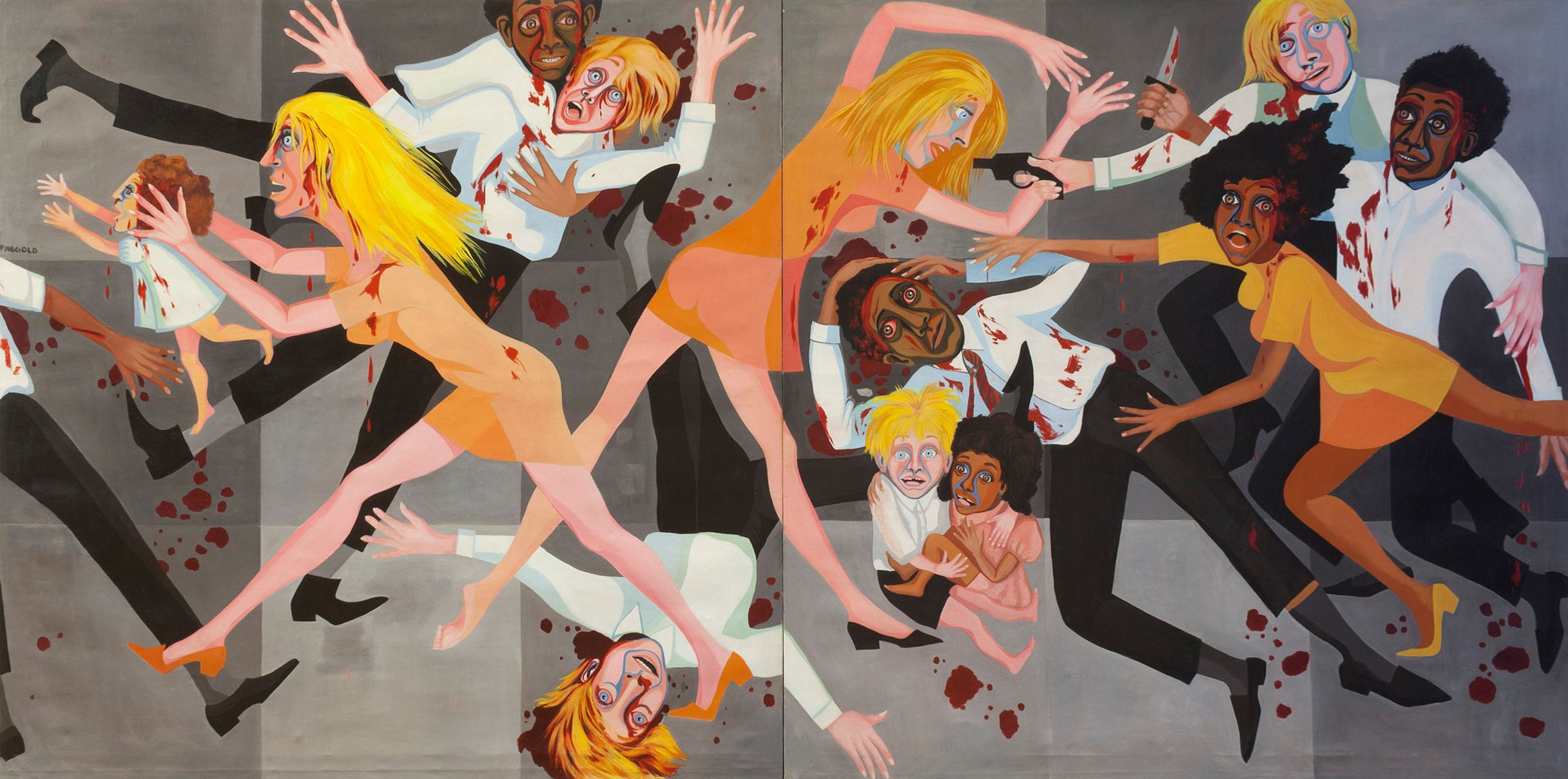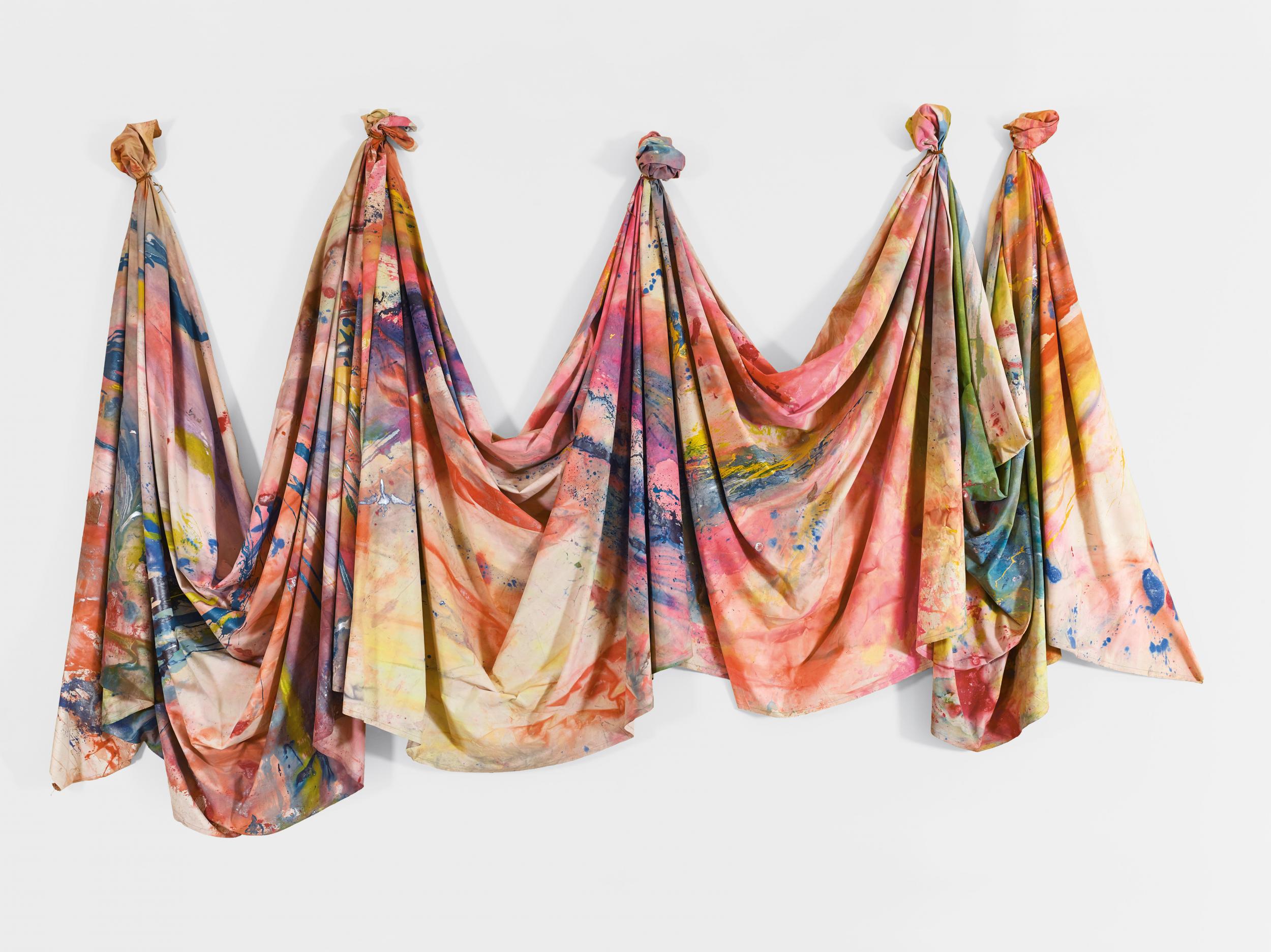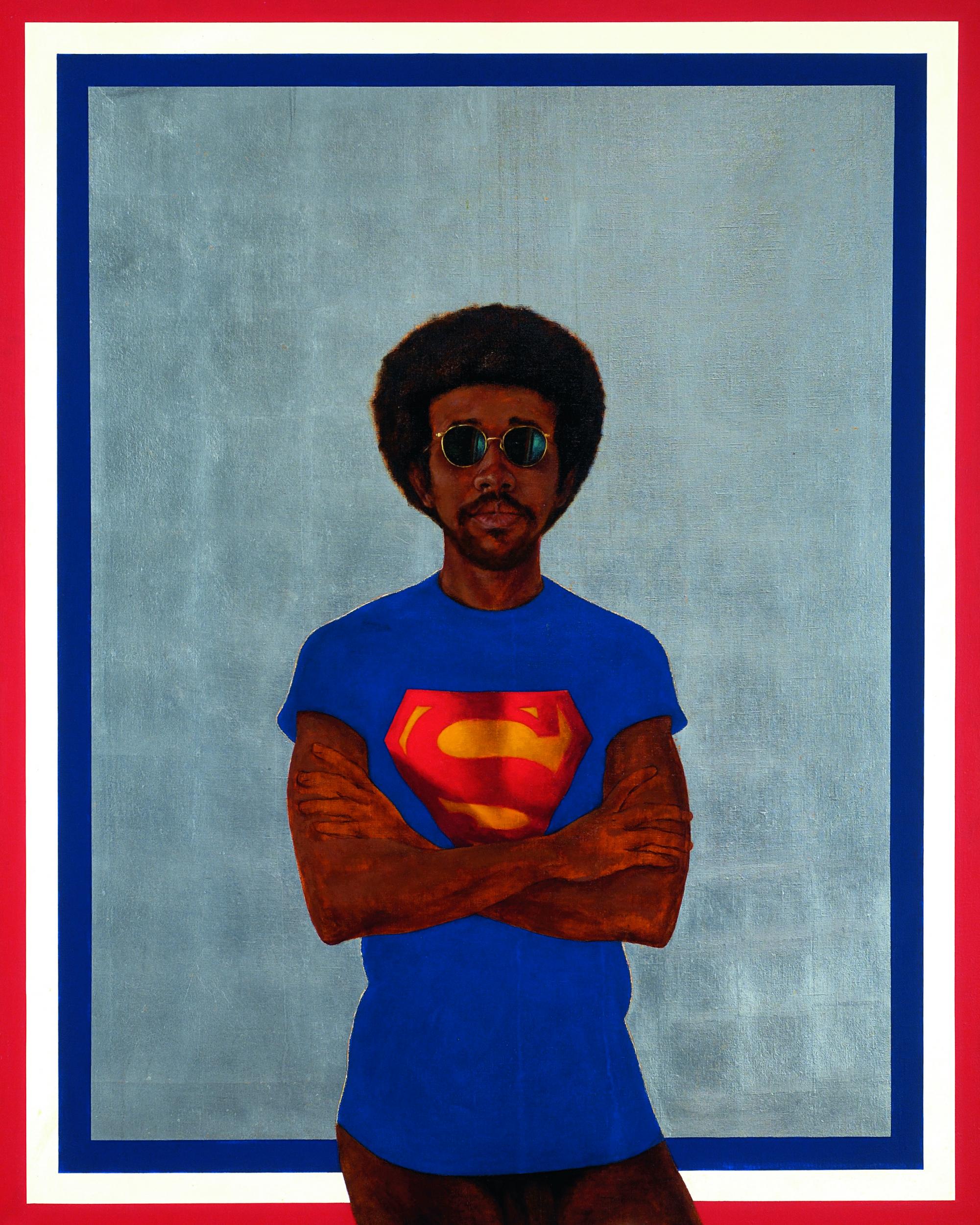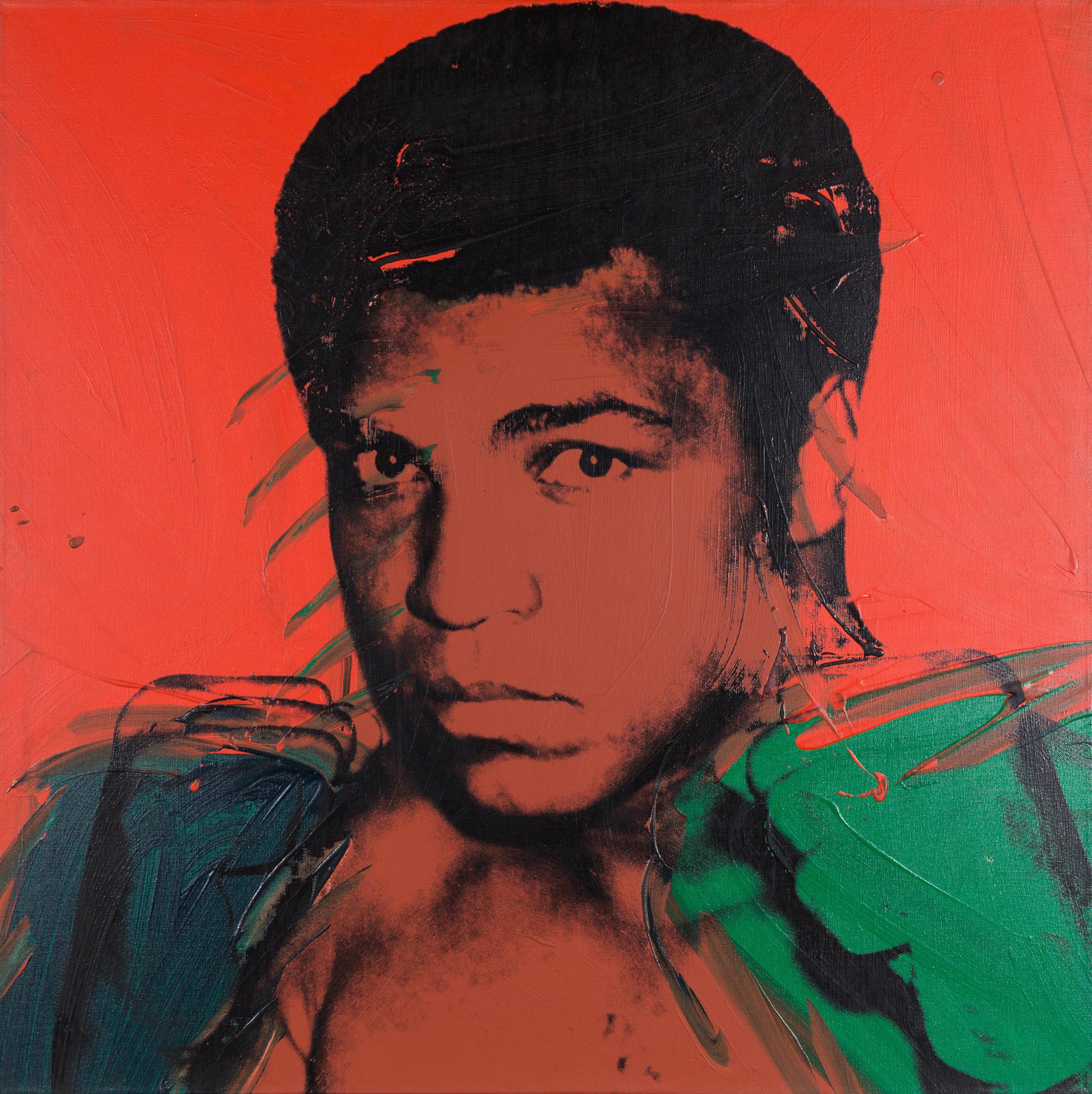Tate Modern's exhibition of black art is the show we need in the age of Trump
Soul of A Nation: Art in the Age of Black Power brings together work by 150 artists produced between 1963 and 1983 – but proves a timely warning for our own era about the dangers of a divided society

Your support helps us to tell the story
From reproductive rights to climate change to Big Tech, The Independent is on the ground when the story is developing. Whether it's investigating the financials of Elon Musk's pro-Trump PAC or producing our latest documentary, 'The A Word', which shines a light on the American women fighting for reproductive rights, we know how important it is to parse out the facts from the messaging.
At such a critical moment in US history, we need reporters on the ground. Your donation allows us to keep sending journalists to speak to both sides of the story.
The Independent is trusted by Americans across the entire political spectrum. And unlike many other quality news outlets, we choose not to lock Americans out of our reporting and analysis with paywalls. We believe quality journalism should be available to everyone, paid for by those who can afford it.
Your support makes all the difference.Extraordinary times call for extraordinary shows – art becomes more important than ever. All art is political, even if not directly so, and terrible events are mitigated by the fortitude and prescience of artists.
Soul of A Nation: Art in the Age of Black Power arrives at a moment when Europe faces the challenges of dealing with a new America and Britain faces the dilemma of how to remove itself from Europe. I say a new America, because no one who has watched the unfolding of events since Donald Trump’s election in November 2017 and the subsequent events in the US can deny that both Europe, Britain and the United States face new challenges. With Trump's protectionism and "America first" proclamations, one can almost forget what a divided country America itself was in recent history.
This show brings 150 works by a whole spectrum of artists working between 1963 and 1983, many of whom are almost unknown in the UK. Setting the scene is the Spiral, a New York based black artist collective formed in 1963. Norman Lewis chose semi-abstraction in his extraordinary monochromatic canvas, ironically titled America the Beautiful – depicting the cloaked figures of the Ku Klux Klan, their white garb discernable almost as an afterthought, a graphic pattern in the murky darkness. There's further context in a nearby room of printed material: Black Panther posters and newspapers where Emory Douglas proclaimed “the ghetto is the gallery”.
The fight between abstraction and figuration is clearly laid out in the work of Faith Ringgold, one of the powerfully skillful black woman showcased here in American People Series #20: Die, where black and blond are seen juxtaposed in almost caricature fashion. Shocking bright red blood sullies white shirts, a gun is held in the hands of a white man, a knife in the hands of a black man, while in the foreground two small children – one white, one black – huddle together staring out at the viewer in abject terror. It is, perhaps, a prayer for the future of white and black together.
While New York was facing its devils, so was Chicago, where a group called AfriCOBRA (African Commune of Bad Relevant Artists) formed, launching a manifesto for black artists using poppy bright graphic images and colours.

In Los Angeles, historic events were being born witness to by a group of artists including David Hammons, whose portrait of the trial of Black Panther Party co-founder Bobby Seale is commemorated in Injustice Case. Hammons frames the work in a defaced cut-up American flag (thererby breaking the law), depicting the bound and gagged man on trial with a body print done by smearing himself in fat and grease. It documents the fact that Seale really was bound and gagged, and not allowed to speak at his own trial – a travesty of justice.
Hammons is one of the standout artists in this exhibition. Later, in a room entitled Just Above Midtown – a homage to the gallery that first showed his and other avant garde work by black artists – we encounter a group of his abstracted sculptural reliefs, including my personal favourite, Bag Lady in Flight, made of paper shopping bags, grease and hair. Hammons said of this work that it was not about the degrading of materials but a new kind of pride: “Old dirty bags, grease, bone, hair – we should look at those images and see how positive they are, how strong, how powerful.” Making work that was not commercial was also a matter of pride for Hammons, and would continue to be so.
The work of Senga Nengudi, whose studio Hammons shared in Los Angeles, is one of several very strong female presences in this exhibition. Internal II shows the strains of the human body being twisted and pulled – I imagine, in this case, due to bearing children – through use of the simplest of materials: nylon tights.
Betye Saar, an artist from Los Angeles whose work has recently – and rightly – been internationally feted, introduces both wit and pathos in her assemblage works. She co-opts and explores images used as shorthand for black people, such as a watermelon for a gappy smile. In The Liberation of Aunt Jemima (1972), Saar depicts the well-known figure whose smiling face sits atop a large comfy body adorned with a colourful bandana; the trademark image for the pancake mixes of my American childhood is here shown with both her traditional broom and a more disturbing shotgun. Here, too, is the genial slave making the cakes for nice white children growing up in the north of America, shown holding a white child. Saar's co-option of voodoo objects, amongst them the all-seeing eye and candles, creates memorable totemic works.

Not all the artists here used specific imagery, and abstraction is also explored here with artists like Jack Whitten, Sam Gilliam and Frank Bowling. Bowling now lives a few blocks from Tate Britain, but came to Europe from Guyana via New York. Middle Passage, a sprawling colourful semi-abstract work, encapsulates both the sun-drenched colour and geography of the continent and his family members.
Nearby, Homage to Malcolm, is a triangular largely monochromatic glowering canvas by Whitten; born in 1939 in Bessemer, Alabama, he migrated to New York after a peaceful sit-in against segregation at the University of Louisiana became a march on the capitol of Baton Rouge that eventually turned bloody: "I didn't fight, I didn't resist, but I realised I couldn't do that – that is what drove me out of the South". Whitten was shown in the Whitney lobby in the 1970s but had never assumed his rightful central position in American painting - not until recently, that is, when he was finally given a national medal for the arts by Barack Obama in 2016.
This is an exhibition that is sprawling and could be indigestible due to the sheer number of works, but the curators have not put a foot wrong. I would not have put Andy Warhol in the mix, but his silk screen image of the iconic black boxer Muhammad Ali, placed alongside the graphic works of the recently deceased Barkley L Hendricks, does set up some interesting comparisons.
Hendricks's work includes the poster image for the show, Icon for My Man Superman (Superman Never Saved Any Black People – Bobby Seale). Hendricks had taught himself the technique of applying gold and aluminium leaf to canvases, which he had observed on a trip to Europe. He depicted himself wearing a superhero T-shirt, naked from the waist down – although the image is cropped to preserve modesty (no such modesty is displayed in Brilliantly Endowed [Self-Portrait], however). Wanting to be part of no group, he said: "Much of what I was trying to do with my work was to be as good a painter as I could be." His work, confrontational and almost life size, shows swagger and confidence.

There is photography and documentation here but in a show of this scale it is easy to skate by this. Spend time, though, with the eye-popping and thoughtful works of Faith Ringgold, whose poster The United States of Attica again highlights the divisions of America. Linger in the rooms designated Improvisation and Experimentation with the large cloth works of Alvin Loving, the sublime colour and inventiveness of Joe Overstreet's We Came from There to Get Here, alongside glorious paintings by Alma Thomas, Bowling and Whitten. There's the reintroduction of Gilliam with Carousel Change, a swooping textile work full of pleasure, placed in close juxtaposition to the barbed wire and chain curtains of Melvin Edwards's work.
There are too many works and artists here to talk about all of them, but what unites the work is the virtuosity of a group of artists, many of whom were largely written out of history until recently. Even works bought by major museums like Moma, such as Ringgold’s powerful paintings of the 1960s, were only acquired in 2016 courtesy of the Modern Women’s Fund.
So why is this show important at this time? In a period where Europe is facing fracture and America under its new leadership is encouraging the return of racism and intolerance, we need art to lift the spirit. Personally I left America to escape the very ideological split that we are now facing; I came to England to be European.
I will never forget the time as a child when my family were travelling to Florida, and I went into a launderette in the South and started to help my mother by separating our laundry into colours and whites, only to be stopped by the attendant. “What are you doing, little girl? That is whites and coloureds – you stay in the machines marked whites.” An indelible shock to me, and a warning to us all.
Observe this show closely. Enjoy its many pleasures, and above all heed its warnings.
Soul of a Nation: Art in the Age of Black Power is at Tate Modern in London until 22 October tate.org.uk
Join our commenting forum
Join thought-provoking conversations, follow other Independent readers and see their replies
Comments